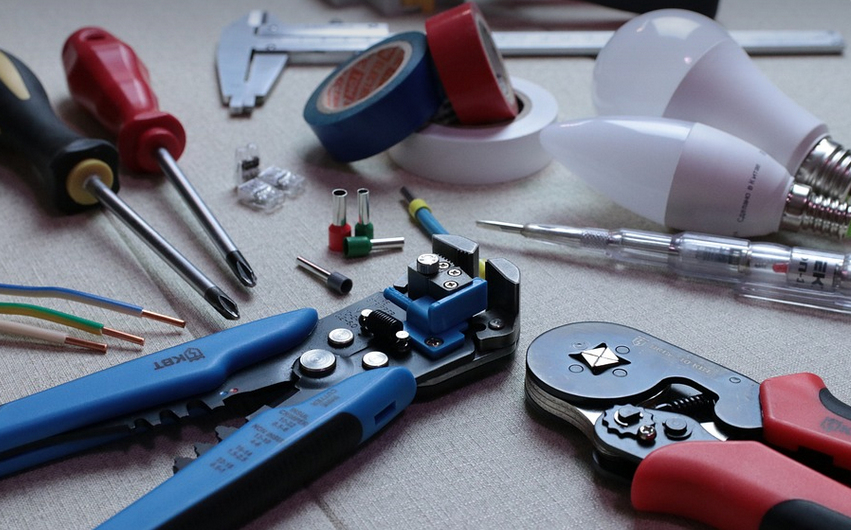Understanding the Basics: Why Grading Matters
A well-graded yard is key to a healthy, thriving lawn and a functional landscape. This seemingly simple act of reshaping your yard’s terrain can significantly impact its drainage, ultimately leading to less stubborn water pooling, fewer muddy patches, and even happier plants.
Imagine your yard as a giant bowl—the earth has natural slopes and curves, acting like the sides of this bowl. Water naturally gathers in valleys, eventually finding its way downhill. But, if you haven’t graded, your yard ends up looking more like a soggy mess than an outdoor oasis.
The Importance of Soil Drainage
Drainage is crucial for a healthy lawn and garden because it prevents the buildup of excess water. When water sits on top of soil, it can suffocate roots, leading to plant stress and even death. But drainage issues can also lead to foundation problems in your house.
The key here is achieving proper flow. Properly graded land allows water to drain away naturally, without flooding the yard or saturating the soil. This prevents root rot, encourages healthy growth, and creates a more enjoyable outdoor space.
Determining the Optimal Grading
Before you start grading your yard, it’s essential to understand how much slope is needed for optimal drainage. There are several factors that can influence this:
* **Soil Texture:** Sandy soils drain quicker than clay-rich soils. * **Climate:** In areas with heavy rainfall, more significant slopes will be required for proper drainage. * **Local Conditions:** Check the slope of your yard’s surrounding land; if your neighbor’s yards are already sloped, you can follow their example.
Grading Techniques: A Step-by-Step Guide
Now that you understand the importance of grading and its factors, let’s dive into the techniques:
**1. Planning:** Start by sketching out a basic plan for your yard’s drainage. Identify areas prone to waterlogging and consider where you want to direct the water flow (e.g., downspouts, swales, or French drains).
**2. Excavation:** This can get technical; if you are not confident, it is best to hire a professional landscaper who has experience with grading. However, for smaller yards, you might be able to tackle this yourself. * Use appropriate tools such as shovels, rakes, and possibly a small excavator if the project demands.
**3. Shaping:** Once you’ve excavated, use your knowledge of local drainage conditions and consider the overall slope and shape of your yard. The most important thing is to create gentle rises that direct water flow away from the house, garden beds, and other sensitive areas. * Use your hands or a small shovel if you are not using a machine to smooth out any uneven surfaces.
**4. Planting:** After grading, it’s time to plant! Choose plants that thrive in well-drained soil, such as grasses, herbs, and flowers. Incorporate moisture-absorbing materials like mulch for extra drainage and root support.
Grading Considerations: Beyond the Basics
While these techniques provide a good start, there’s always room for improvement:
* **Swales:** These are shallow, gently sloping depressions designed to catch and carry excess water away from your yard. They can be incorporated into your grading as a natural drainage system. * Swales can also be used to create a beautiful, calming element in your yard.
**French Drains:** These underground structures work similarly to swales but use perforated pipes filled with gravel to intercept and redirect excess water away from areas where it might accumulate.
* **Permeable Paving:** Consider using permeable paving if you have areas prone to flooding. This kind of paving allows rainwater to seep through the surface, reducing runoff and filtering out pollutants. * **Rain Barrels:** A simple way to collect rainwater for use in your garden can also help increase drainage by capturing excess water before it gets into the ground.
Remember: grading isn’t just about getting rid of water; it’s about enhancing your yard’s overall functionality and beauty.
Enjoy Your Newly Graded Yard!
With these tips, you can grade your yard with confidence. The process might seem daunting at first, but the rewards are worth it—well-drained soil and a functional landscape will make any homeowner feel proud!
**Note:** This is just a general guide, and specific instructions may vary depending on your location, local building codes, and the size of your yard. Always do your research and follow best practices to ensure optimal results.
